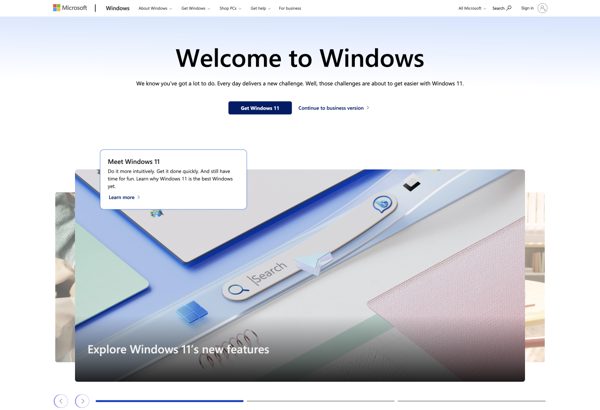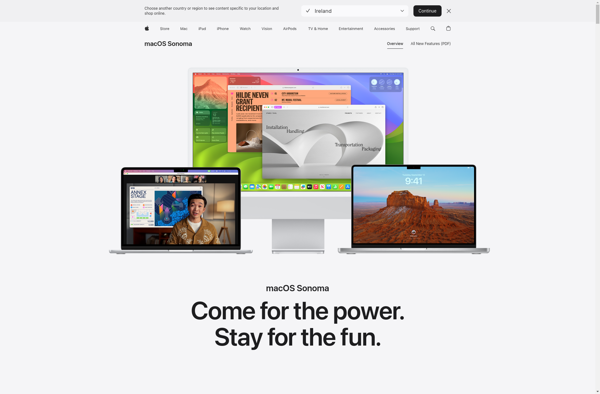ROSA Linux

ROSA Linux: Stable, Fast, and Easy-to-Use Desktop Linux Distribution
ROSA Linux is a Linux distribution based on Red Hat Enterprise Linux. It is optimized for desktop use and aims to be stable, fast, and easy to use. ROSA focuses on providing a polished user experience out of the box.
What is ROSA Linux?
ROSA Linux is a Linux distribution developed by ROSA Laboratory, a Russian company focused on open source software and Linux solutions. It is based on Red Hat Enterprise Linux and focuses on providing an easy-to-use desktop experience.
Some key features and characteristics of ROSA Linux include:
- Uses RPM Package Manager for software installation and updates
- Comes with KDE Plasma desktop environment by default but supports other DEs like GNOME, MATE, Cinnamon, etc.
- Emphasis on out-of-the-box usability, attractive themes and artwork
- Relatively lightweight system requirements suitable for old and low-powered hardware
- Includes software tools for office use, multimedia, internet, programming, and more
- Backed by both community and corporate developers/support
- Rolling release model allowing frequent updates to latest software versions
- Good hardware detection and compatibility
Overall, ROSA Linux aims to combine the stability of Red Hat Enterprise Linux with an enhanced focus on easy-to-use interfaces, aesthetics, and providing a complete desktop experience catered towards new Linux users.
ROSA Linux Features
Features
- Based on Red Hat Enterprise Linux
- Optimized for desktop use
- Aims to be stable, fast and easy to use
- Comes with a polished default desktop environment (KDE Plasma)
- Includes software for office, internet, graphics, sound and video
- Supports popular hardware like printers, scanners, webcams etc.
- Has an intuitive system settings panel for configuring the system
- Uses RPM packages for software management
- Provides Delta RPMs for smaller updates
Pricing
- Free
- Open Source
Pros
Cons
Official Links
Reviews & Ratings
Login to ReviewThe Best ROSA Linux Alternatives
Top Os & Utilities and Linux Distributions and other similar apps like ROSA Linux
Here are some alternatives to ROSA Linux:
Suggest an alternative ❐Windows 10

Ubuntu

MacOS

Linux Mint

Arch Linux

Elementary OS

Debian

Fedora

Manjaro Linux

OpenSUSE

Pop!_OS

Grml

PelicanHPC
CageOS

Finnix
